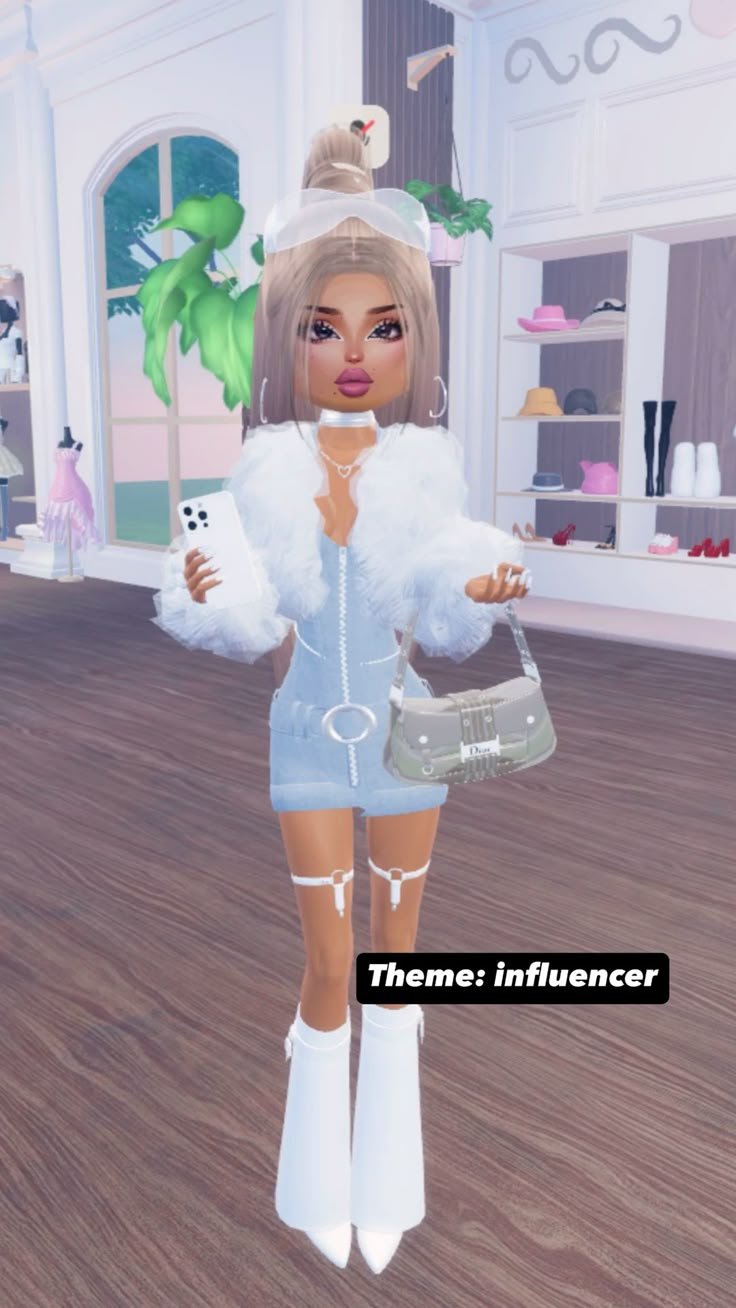Influencer marketing has found a dynamic new frontier on Roblox, where brands are increasingly partnering with popular creators to engage Gen Z and Gen Alpha audiences through immersive, in-game experiences. Rather than building standalone branded worlds, companies are opting for “integrations”—temporary, sponsored activations within existing, high-traffic games. This strategy mirrors the effectiveness of influencer posts on platforms like Instagram or TikTok, offering brands a way to connect with users in environments they already enjoy. (51 Insights, Vogue Business)

🎮 How Influencer Marketing Works on Roblox
Brands collaborate with Roblox creators to feature their products or messages within popular games, leveraging the creators’ established audiences for targeted reach. These integrations can include:(LinkedIn)
- Virtual Items: Limited-edition accessories or apparel that players can use to customize their avatars.
- In-Game Events: Special challenges or experiences themed around a brand’s campaign.
- Sponsored Content: Branded environments or narratives woven into existing game worlds.
This approach allows brands to engage users organically, fostering deeper connections through interactive and personalized experiences.
🧢 Notable Brand Collaborations
Several brands have successfully implemented influencer marketing strategies on Roblox:
- L’Oréal Paris: Integrated into existing Roblox worlds to promote their products through immersive experiences.
- Adidas: Collaborated with creators to launch virtual items and challenges that resonate with their target audience.
- Maybelline New York: Utilized influencer partnerships to create engaging, branded content within popular games. (Vogue Business, LinkedIn)
These collaborations demonstrate the potential for brands to reach younger demographics authentically by embedding their messages within the gaming experiences that these users value.
📊 Measuring Success and Engagement
Roblox’s platform offers brands valuable metrics to assess the impact of their influencer marketing efforts, such as:
- User Interaction Time: Brands report average engagement times of 8–11 minutes per user in immersive experiences, significantly higher than traditional social media interactions.
- Item Adoption Rates: Tracking how many users acquire and use branded virtual items.
- Event Participation: Monitoring the number of users who engage with in-game events or challenges.(EMARKETER)
These insights enable brands to refine their strategies and enhance the effectiveness of future campaigns.
🔮 The Future of Influencer Marketing on Roblox
As the metaverse continues to evolve, influencer marketing on platforms like Roblox is poised for growth. Brands are exploring more sophisticated integrations, including:(Vogue Business)
- Persistent Brand Worlds: Developing long-term virtual spaces that offer ongoing engagement opportunities.
- Cross-Platform Campaigns: Extending influencer collaborations across multiple digital platforms for cohesive storytelling.
- Enhanced Personalization: Utilizing data analytics to tailor experiences to individual user preferences.
By embracing these innovations, brands can deepen their connections with younger audiences, fostering loyalty and driving meaningful engagement in the digital age.

